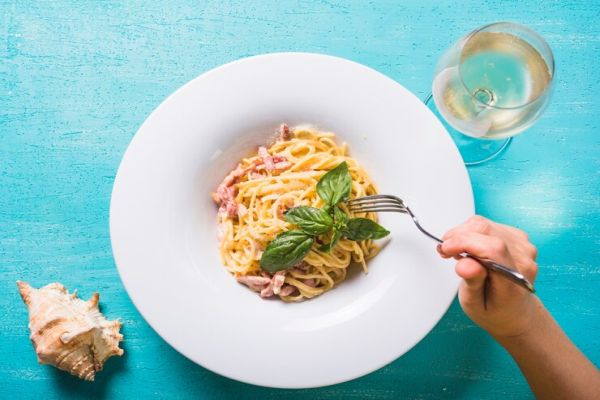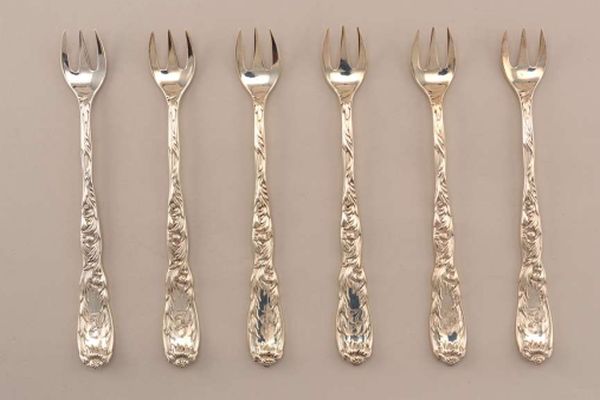Cut, pierce and eat!
- POSTED ON: 2 Apr, 2024
- TOTAL VIEWS: 398 Views
- POSTED BY: R. Krithika | Text: Peeyush Sekhsaria
- ARTICLE POINTS: 150 Points

The world’s population can be approximately divided into three equal parts based on what they eat their food with: hands, chopsticks, or the fork. In India, despite a long history of colonisation, only the spoon has become a regular table feature. The fork is still used mostly to pick cut fruit!
Though emblematic of European culture, the fork originated in West Asia, as archaeological digs from this region and Egypt show. Today, the fork is used to pierce and carry food to the mouth. But, in the beginning, it was used to serve and to hold cut food.

It is believed that the fork was first used around 1000 CE to eat pasta in Venice, Italy. According to a rather funny legend, the English monarch Henry III discovered the fork while on a trip to Venice. He found it practical to use given the fashionable ruffled collars he wore.
Despite encounters with pasta and impractical collars, the fork was a straight, sharp and lowly two-pronged serving utensil and cutting assistant until the 17-18th centuries when the eating fork evolved. The number of prongs increased to three and then four and the ends were softened to avoid injuries to the tongue. The overall form was also curved to make it easier to pick up foods like meat and to place morsels in the bend like a spoon. The fork, thus, became a stylish and efficient substitute for the spoon and the fingers for non-liquid foods.
As the fork became popular, royalty from European countries began to carry this implement as part of their cutlery when they travelled or even when they went out for dinner. The implements would be engraved with their coat of arms. As time passed, it became the host’s responsibility to provide the cutlery, which would be engraved with his exclusive mark.

Slowly, highly specialised forks also came into being such as to eat fish, snails, oysters, crabs and other foods. This also led to the development of elaborate table protocols to serve and to eat. Table settings too differed. The French would place the fork with the prongs facing down, while the English had it facing up.
The Industrial revolution and European colonisation of other countries also led to changes not just in the shape but also the materials used in manufacturing forks. Beginning with iron teeth, forks progressed to precious metals such as gold and silver (especially for royalty), before being silver coated and finally being made of stainless steel. Today, plastic forks have found their way onto our tables in large numbers, thereby adding their bit to the pollution of land and water resources. May be it is time we began to carry our own engraved cutlery again.
Now that you know how the fork landed on our tables, try this activity below. Can you match the fork type to the image? Drag and drop the names into the boxes.
Images: Getty Images/iStockPhoto, Picryl, Freepik and Satheesh Vellinezhi